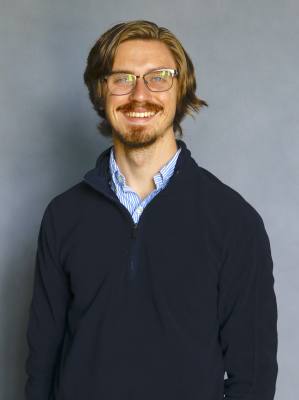That follows a statewide trend in the number of students who earn college credits.
The district uses a “school within a school” model for dual-credit courses, meaning ECHS courses are held within San Marcos High School. The ECHS program also allows any student to enroll while in ninth grade. Despite the low barrier to entry, there are a number of reasons why an incoming ninth grade student does not enroll in the program, Smith said.
“It could be anything from a student not wanting to learn how to be a high school student and taking on the challenge of more rigorous coursework to them not understanding the benefits of the program,” she said. “Parents may not also be ready for them to take that extra leap into college courses.”
Hays CISD does not offer an ECHS program. However, the district does offer dual-credit courses through Austin Community College as well as dual enrollment through OnRamps courses with the University of Texas at Austin, an option SMCISD does not offer. Students in SMCISD and HCISD get up to 12 classes for free since the districts are in ACC tax districts.
After that, tuition for one class ranges from $85 to $353 dependent on where a student lives, according to the college’s website. Although transferable college credit is earned through both, an important distinction lies between dual credit and dual enrollment, said Joy Philpott, director of advanced academics for HCISD. “In dual enrollment, a student is enrolled in high school but is also enrolled as a student with UT,” Philpott said.
Through ECHS, a student can earn 60 college credits by 12th grade without taking a state assessment to enroll in a course.
Smith said the district allows students the option to take both dual-credit through ACC and ECHS courses. “We don’t want our students to think that there is only one pathway, and all pathways lead to the same thing,” Smith said. “Our main desire is to meet each student’s individual goals.”





